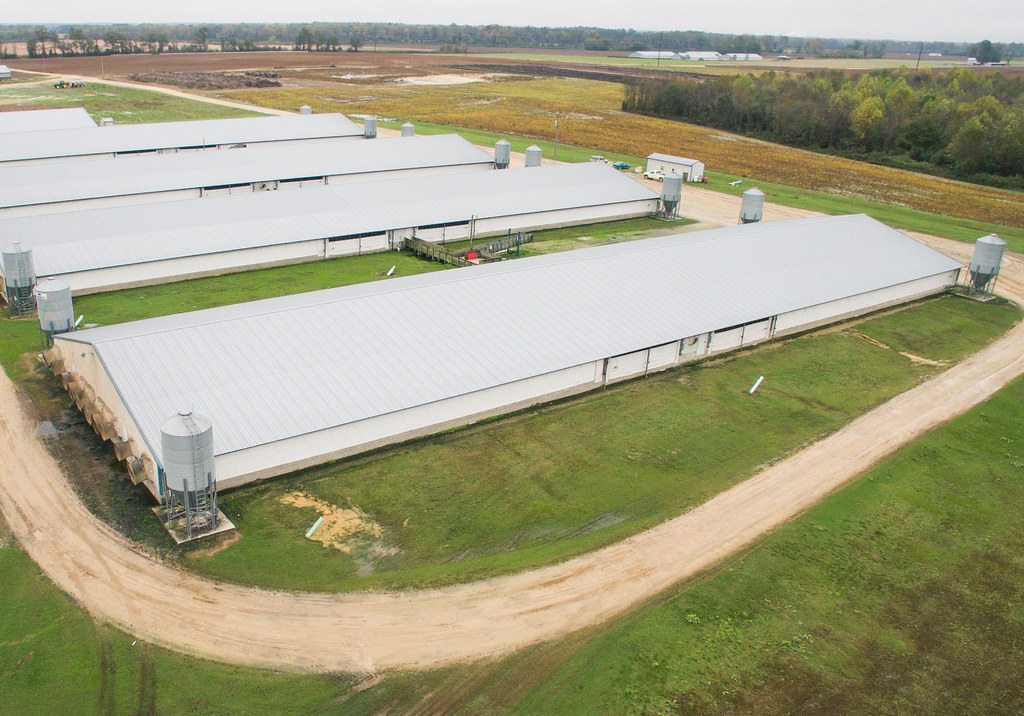Essential oils on Nitrogen metabolism
In Ireland, 99% of ammonia emissions come from Agriculture through manure storage. High crude protein levels in pig diets lead to gut fermentation and nitrogen being broken down to ammonia. Ammonia emissions are high despite feeding lower crude protein diets. A study published this September in the Journal ‘Animal bioscience’ could have ways to impact this sustainability issue.
The study aimed to find the effectiveness of Essential Oils in nitrogen utilization and odorous emission reduction. Researchers began large scale analysis with in vitro digestion, followed by supplementation to growing pig diets for 4 weeks (Hsu et al. 2021). Treatments consisted of a control diet, diet with two essential oils (cinnamaldehyde, thymol) and a more concentrated diet including three essential oils (cinnamaldehyde, thymol and carvacrol).
‘’Carvacrol, thymol and cinnamaldehyde are extensively used in swine production because of their bioactive action in gut health’’ say study authors, on why these essential oils are of interest.
Essential oils significantly decreased ammonia production during fermentation with in vitro digestion. Urease enzyme production was lower, so urea was not broken down to ammonia. Also, treatment with two essential oils reduced odorous compounds by 8-13% compared to the control. In the pig trials, supplementing pigs with essential oils lowered Nitrogen digestibility. However, the tables turned after pigs adjusted to diets. Essential oil treatments showed improved nitrogen utilisation, particularly when supplemented at the higher concentration. Nitrogen digestibility was improved by 10%. This led to a 35% faecal nitrogen reduction and a 42% faecal ammonia reduction after 4 weeks. Lower essential oil supplementation performed best at reducing odour emissions.
‘‘It is encouraging to see ammonia emissions beginning to be addressed at farm level. The assessment shows that Ireland can comply with the 2030 ammonia ceiling but this requires full implementation of measures in the Department of Agriculture’s AgClimatise strategy, and the National Air Pollution Control Programme‘’-
Sharon Finnegan director of EPA’s environmental sustainability office. It came during the EPA’s compliance assessment on June 3rd. They suggested Ammonia emissions have been non-compliant for 7 of the last 9 years, being only addressed recently. With a large portion coming from livestock manure, research in reducing nitrogen metabolites could play an import role in helping Ireland’s pig Industry keep below its 2030 ammonia ceiling (EPA 2021).
Agriculture is the main source of Ammonia emissions in Ireland. Through In vitro digestion and pig trials, essential oils showed better nitrogen utilisation and ammonia reduction by producing less enzymes that breakdown nitrogen. Supplementation with 3 different essential oils particularly improved nitrogen utilisation. Supplementation at a lesser amount was better at lowering odorous emissions through altering volatile fatty acid production in the gut. I believe more research should be done in this area. Implementation costs should be assessed, as there should be serious consideration of including these essential oils at farm level. Reducing odours for workers/neighbours of piggeries and reducing Irelands ammonia emissions.
By: Neal Folliard M.Sc.
References
EPA (2021) ‘Ireland continues to be in non-compliance with the EU National Emissions Ceiling Directive’, available: https://www.epa.ie/news-releases/news-releases-2021/ireland-continues-to-be-in-non-compliance-with-the-eu-national-emissions-ceiling-directive.php [accessed
Hsu, J.E., Lo, S.H., Lin, Y.Y., Wang, H.T. and Chen, C.Y. (2021) ‘Effects of essential oil mixtures on nitrogen metabolism and odor emission via in vitro simulated digestion and in vivo growing pig experiments’, Journal of the science of food and agriculture.
